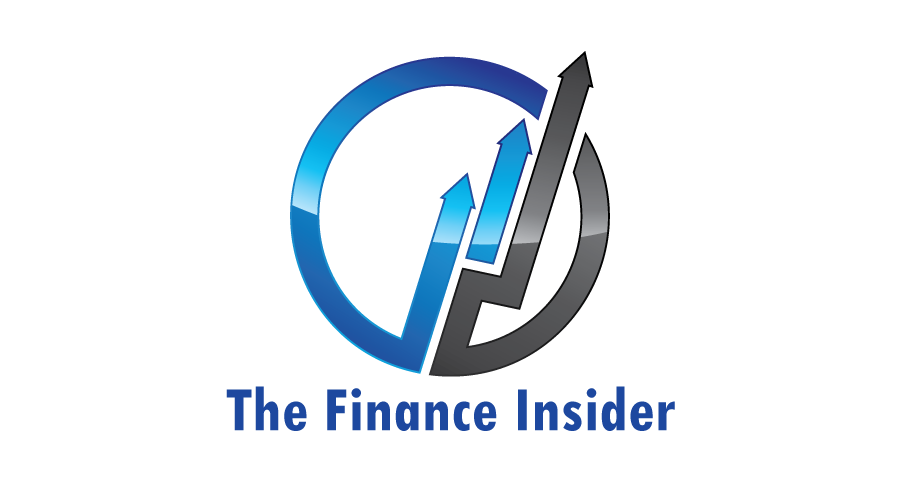Small business owners continually face the challenge of managing expenses while ensuring compliance with tax regulations. As we move into 2025, evolving tax laws and financial strategies present new opportunities for optimizing tax savings. Partnering with professional Accounting Tax Services can help small businesses navigate these complexities effectively. Here, we explore actionable strategies for small businesses to maximize their tax benefits while staying compliant.
1. Leverage Tax Credits
Tax credits offer a dollar-for-dollar reduction in your tax liability, making them a valuable tool for businesses aiming to save on taxes. In 2025, businesses should pay attention to the following credits:
- Research and Development (R&D) Credit: If your business invests in innovation, you may qualify for this credit. Document all qualifying activities to substantiate your claims.
- Energy Efficiency Credits: With an increased focus on sustainability, the government offers credits for businesses adopting renewable energy sources or improving energy efficiency in their operations.
- Work Opportunity Tax Credit (WOTC): Hiring individuals from targeted groups, such as veterans or long-term unemployed individuals, can help you qualify for this credit.
Stay updated on available credits, as they can significantly impact your bottom line.
2. Optimize Business Structure
The structure of your business can greatly influence your tax liability. Sole proprietorships, partnerships, S corporations, and C corporations each have unique tax implications. For example:
- S Corporations: Income passes through to shareholders, avoiding double taxation, and may allow for deductions on qualified business income (QBI).
- C Corporations: While subject to corporate taxes, they may benefit from deductions not available to other structures.
Consulting with a Financial Consulting Services professional to determine the most tax-efficient structure for your business in 2025 is essential.
3. Maximize Retirement Contributions
Contributing to retirement plans is a dual-purpose strategy: it secures your future and reduces taxable income. Options for small businesses include:
- SEP IRAs: Simplified Employee Pension IRAs are easy to set up and allow higher contribution limits compared to traditional IRAs.
- Solo 401(k): Ideal for sole proprietors or small businesses with no employees, offering significant contribution limits.
- SIMPLE IRAs: A straightforward plan for businesses with 100 or fewer employees.
Employer contributions to these plans are deductible, providing immediate tax benefits.
4. Take Advantage of Depreciation Deductions
The cost of business assets, such as equipment and vehicles, can be recovered through depreciation deductions. The following methods are particularly relevant in 2025:
- Bonus Depreciation: Businesses can deduct a significant portion of the cost of qualifying assets in the year they are placed in service.
- Section 179 Deduction: Allows businesses to deduct the full purchase price of qualifying equipment and software.
Keep detailed records of purchases and ensure assets meet the criteria for these deductions.
5. Monitor Changes in Tax Laws
Tax laws are subject to change, and staying informed is crucial for capitalizing on new opportunities. In 2025, consider the following:
- State-Specific Changes: Some states may introduce new credits or deductions tailored for small businesses.
- Federal Updates: Watch for legislative changes that may impact tax rates, deductions, or credits.
Partner with a tax advisor or use reliable software to track updates that could affect your business.
6. Deduct Home Office Expenses
If you run your business from home, you may qualify for the home office deduction. To maximize this benefit:
- Calculate the percentage of your home used exclusively for business.
- Deduct related expenses, such as utilities, internet, and maintenance.
Use the simplified option or actual expense method, depending on which provides the greater benefit.
7. Utilize Health Savings Accounts (HSAs)
For businesses offering high-deductible health plans, HSAs provide a tax-advantaged way to manage healthcare costs. Contributions are tax-deductible, and withdrawals for qualifying expenses are tax-free. Consider:
- Setting up an HSA for employees.
- Educating employees on maximizing their HSA benefits.
This strategy reduces taxable income while supporting employee well-being.
8. Implement Accountable Plans
An accountable plan allows businesses to reimburse employees for work-related expenses without those amounts being considered taxable income. Qualifying expenses include:
- Travel costs.
- Supplies and equipment.
- Business meals.
When managing reimbursements under an accountable plan, it’s essential for businesses to utilize Accounting Services to ensure that reimbursements meet IRS guidelines and maintain proper documentation.
9. Charitable Contributions
Donating to qualifying charities can reduce taxable income while supporting your community. Strategies include:
- Donating cash, inventory, or property.
- Organizing charitable events or sponsorships.
Maintain detailed records of contributions and ensure that the recipient organization is IRS-approved.
10. Work with a Tax Professional
Navigating the complexities of tax optimization requires expertise. Hiring a tax professional can:
- Identify deductions and credits specific to your industry.
- Ensure compliance with tax regulations.
- Provide personalized advice based on your business’s financial situation.
A proactive approach with a knowledgeable advisor can yield significant savings.
Conclusion
Optimizing tax savings in 2025 requires a strategic approach that combines knowledge of current laws, proper planning, and leveraging available resources. By implementing the strategies outlined above, small businesses can reduce their tax liability, improve cash flow, and focus on growth. Regularly consult with tax professionals and stay informed about legislative changes to ensure your business remains tax-efficient and financially sound.



